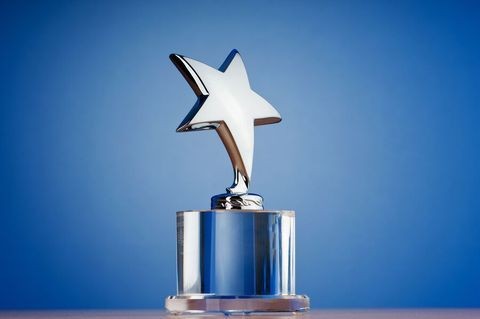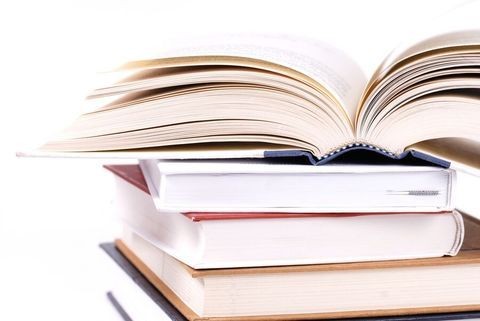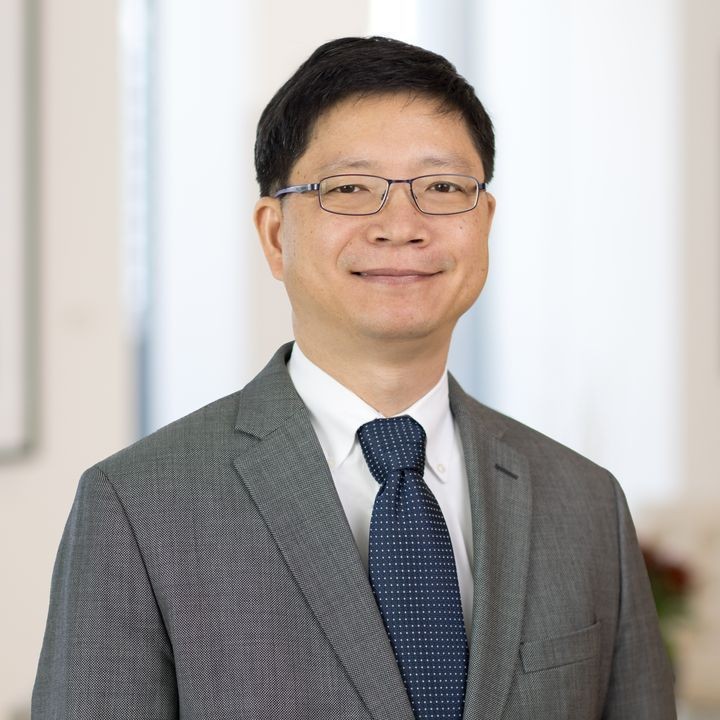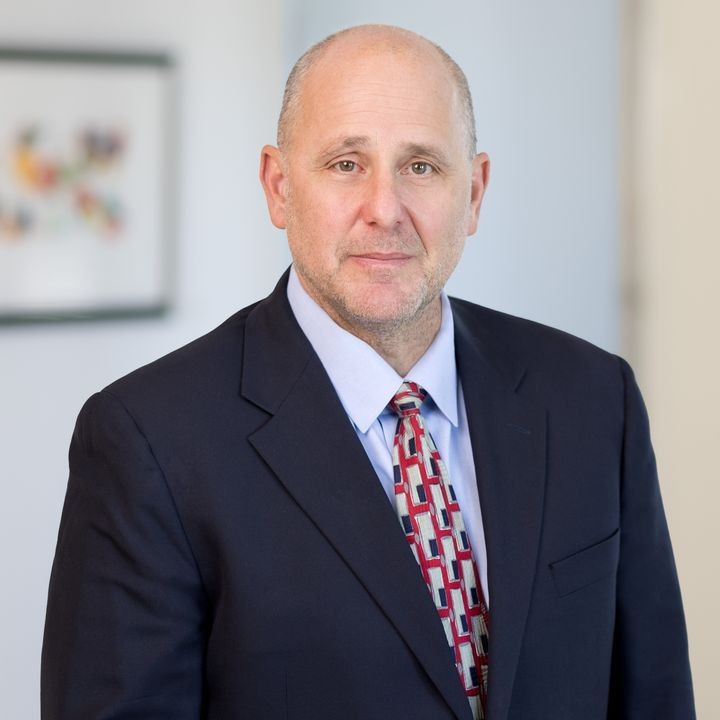Patent Prosecution
Overview
Technology and the laws meant to protect it—especially the patent laws—are always changing. But the law is not always in sync with technological developments. Companies seeking protection for their state-of-the-art innovations need counsel who not only know what the law is, but where it is likely headed. Crowell & Moring’s team of experienced patent professionals have the experience, knowledge, and judgment to provide such guidance to our clients.
Contacts
Insights
Firm News | 2 min read | 10.16.25
Chambers Ranks Crowell & Moring Lawyers and Practice Groups in the 2026 UK Guide
London – October 16, 2025: Chambers and Partners has ranked Crowell & Moring U.K. LLP and its lawyers across the United Kingdom as leaders in their respective practice areas in the Chambers UK 2026 Guide.
Client Alert | 5 min read | 09.16.25
Bucking the Odds: Why Technology Companies Should Embrace Software Patents Today
Client Alert | 5 min read | 09.03.25
If You’re Not First, You’re Last: Federal Circuit’s First Review of an AIA Derivation Proceeding
Insights
EV charging stations & connectors: the importance of design patents
|11.15.24
EV Design & Manufacturing
Professionals
Insights
Firm News | 2 min read | 10.16.25
Chambers Ranks Crowell & Moring Lawyers and Practice Groups in the 2026 UK Guide
London – October 16, 2025: Chambers and Partners has ranked Crowell & Moring U.K. LLP and its lawyers across the United Kingdom as leaders in their respective practice areas in the Chambers UK 2026 Guide.
Client Alert | 5 min read | 09.16.25
Bucking the Odds: Why Technology Companies Should Embrace Software Patents Today
Client Alert | 5 min read | 09.03.25
If You’re Not First, You’re Last: Federal Circuit’s First Review of an AIA Derivation Proceeding
Contacts
Insights
Firm News | 2 min read | 10.16.25
Chambers Ranks Crowell & Moring Lawyers and Practice Groups in the 2026 UK Guide
London – October 16, 2025: Chambers and Partners has ranked Crowell & Moring U.K. LLP and its lawyers across the United Kingdom as leaders in their respective practice areas in the Chambers UK 2026 Guide.
Client Alert | 5 min read | 09.16.25
Bucking the Odds: Why Technology Companies Should Embrace Software Patents Today
Client Alert | 5 min read | 09.03.25
If You’re Not First, You’re Last: Federal Circuit’s First Review of an AIA Derivation Proceeding
















